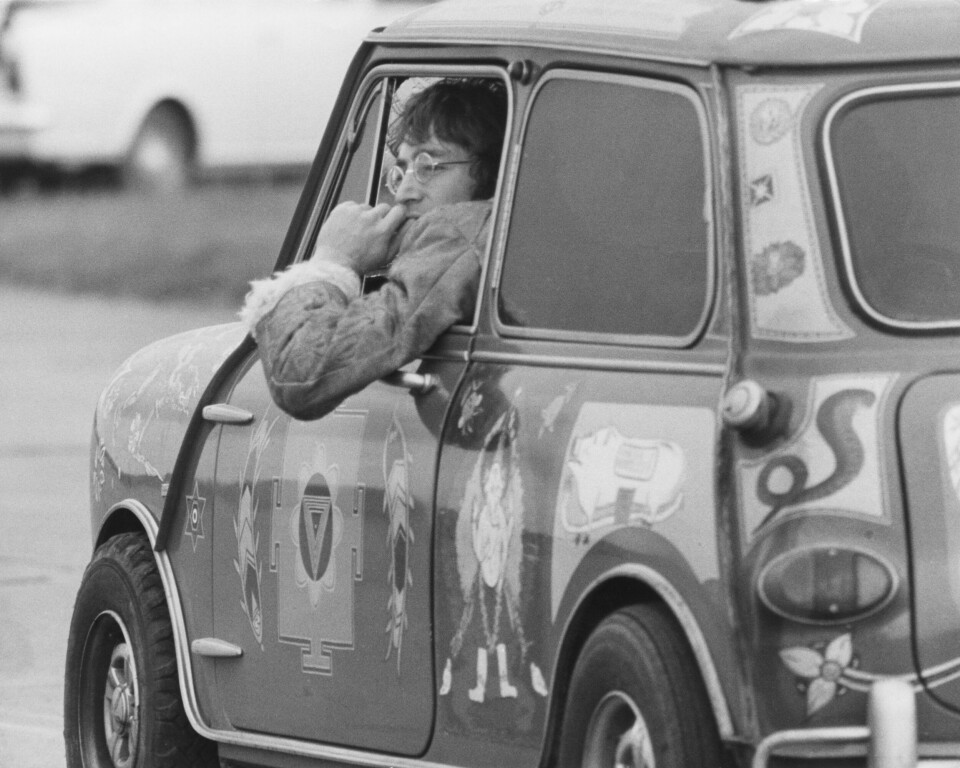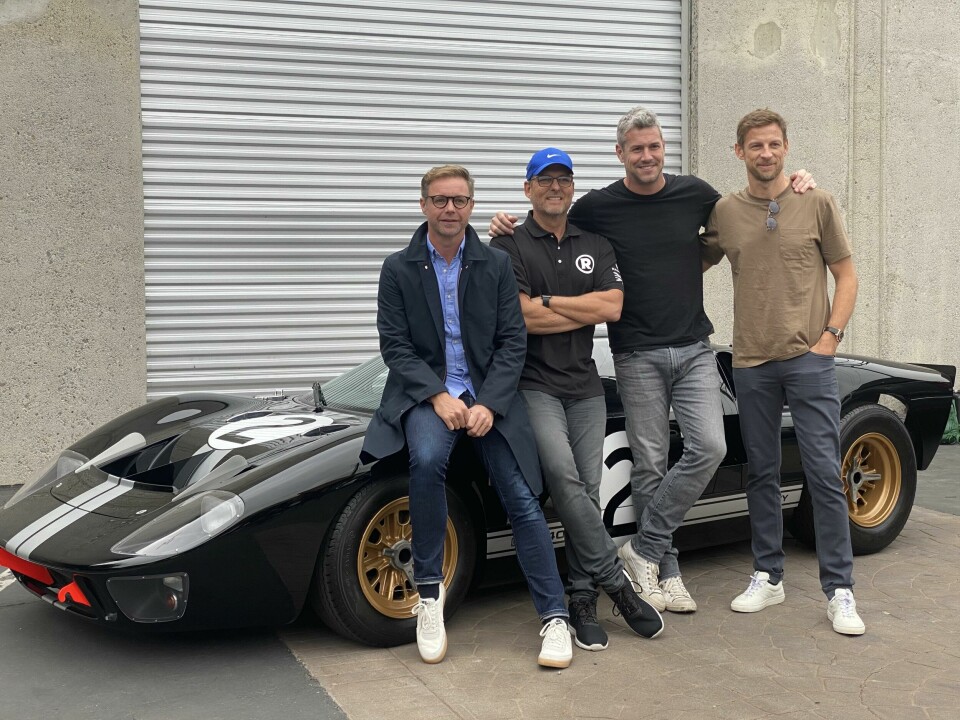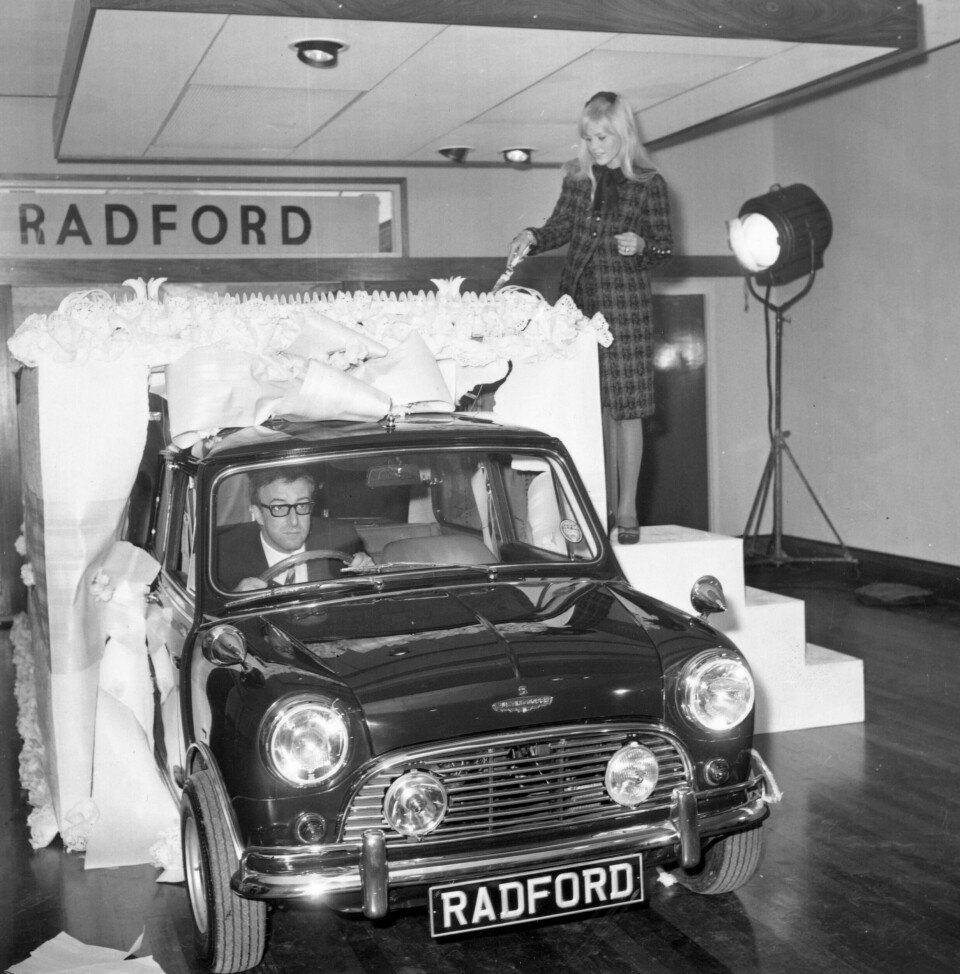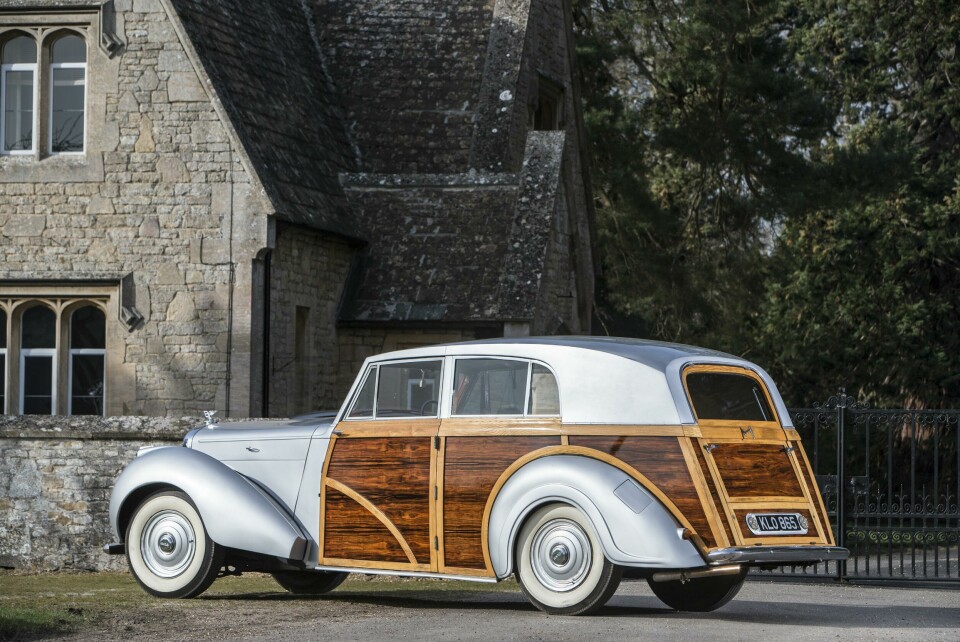
Radford returns: coachbuilder that defined the swinging sixties is back
Legendary sixities coachbuilder Radford, which counted the Beatles and Peter Sellars as customers is back, helmed by a high-profile team including former F1 star Jensen Button
Does it get more swinging sixties than Radford – the legendary coachbuilder headed by the eponymous Harold Radford who rennovated Mini’s for the Beatles? Well, after decades laying dormant Radford is back, helmed by an auspicious team including designer Mark Stubbs, lawyer Roger Behle and former F1 star Jensen Button. Car Design News caught up with Mark Stubbs to hear more.

Car Design News: Looking at the some of the Radford archives, there are some great images. How do you balance this ideas of heritage with 21st century technology?
Mark Stubbs: Few people can say that John Lennon drove one their cars, right? Harold Radford was quite innovative. He patented the rear-facing seat, which has been used for years. They built the original GT 40 prototype, the 101 had a Radford body. There are all these social stories that nobody really knows about. People may have had an inkling back in the 1960s when it was a famous sort of super brands, but it died and got forgotten about, which is quite sad. I always ask myself is what would Harold Radford do now? I don’t think he would be trying to renovate old Mini’s or dig out a load of old Aston Martins. He was an innovator. We have this amazing heritage, which of course we’re going to leverage and utilise, but we will adopt new technologies. What’s really cool about the industry right now is we’ve got this resurgence of coach building going on. There are a lot of people saying they are a coach builder, but they are not, it’s just customisation. There’s a big difference and we are a true coach builder.
There is a blend of utilising artisan, beautiful craftsmanship, whether it is gorgeous, tailored interiors or some English wheel alloy forming. This mix of this old-fashioned techniques and new technology – 3D printing, carbon materials, titanium printing – this fusion of stuff, which we’re taking advantage of makes it feasible. Everyone has got a skateboard platform, an electric platform, and we’re looking at all different types of drive trains from petrol to electric. It feels like the world was 100 years ago, or certain elements of it.

CDN: Where do EVs fit into the strategy?
MS: It is in our vision, there’s I can’t say too much, but there are cars we’re working on, which have an EV strategy behind them. You can’t ignore it these days.
CDN: What does luxury mean in this world of sustainability and concerns over the environment?
MS: Everything we design, and produce is as sustainable as it can be. I’ve worked with Lego where we were designing experiences, and I carried that through for my entire life as a designer. What we are designing in is a high-end luxury experience, and sure there’s a physical asset in that. You know the way you approach a door and get in and out of a car. Sometimes it’s not like ergonomically correct but getting in and out of a car a certain way gives you that experience. That’s the beautiful part of some of these cars. It is about just creating this Radford experience and trying to make it as unique as possible.
CDN: What role will technology play at Radford?
MS: Technology plays a part where it’s relevant. There are some cars we’re working on where it will be front and centre. There are other cars where the technology is relevant for functionality but the presence of it isn’t. And it really depends on the car. Although we put ourselves in the similar bracket as Singer from a quality, execution and clientele point of view, the cool thing about Radford is that it never associated itself with one particular brand. We’re not just working with one OEM, it’s several OEMS on some special cars. There’s a broad spectrum of what the car’s requirements is and what generates that experience. It’s not about technology typically, it’s about experience, but if it’s relevant, then it makes sense.

CDN: Singer is obviously a competitor – who else are you swimming in the same pool with?
MS: Singer has built this market of the high-end coach build. There are OEMs playing around that same sandpit as well but you’ve got people like Cyan Racing - they have an excellent P1800 example. Alfaholics is quite different, but they’ve got some cool stuff there. You’ve also got to look at what Aston Martin is doing with the Q-cars and the Valkyrie and Rolls Royce with the one-offs. The journey that we’re going take is clearly defined over the next few years, but at the end of the day we are a coach builder, so if somebody comes to us with enough cash and time, anything is possible. We want to offer that true, unique like bespoke service, just like you might go and get a suit tailored at Saville Row.
CDN: Saville Row? So, are we talking slow fashion?
MS: Because we are working with OEMS, we can leverage a lot of the platform in most cases. And that’s why the OEMS want to work for us as well. As much as we’ve got our own engineering talent that we can tap into, we leverage a lot of the development the OEM has done on a particular platform that we typically would build upon. So, it’s not high fashion, it’s not Primark, but we are going be releasing cars fairly frequently. I think people will be surprised how much work we were doing and the cadence of what we’ve got ahead of us.



